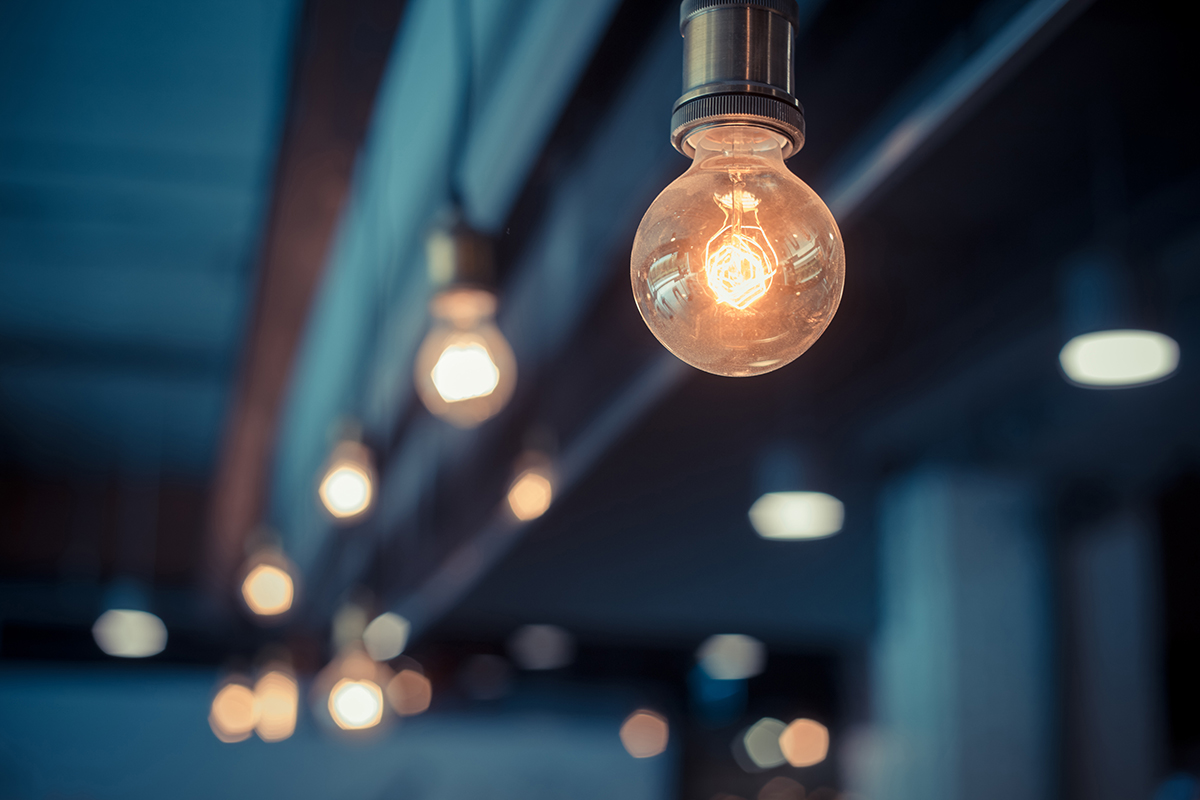Lighting and the circular economy: Key trends for 2022

Published: Thursday, 09 February 2023
Current businesses are being impacted by has been dubbed the ‘eco-wakening’.
Consumer behaviour usually drives a business’s priority for many organisations and one of the priorities has been sustainability.
A report by the Economist Intelligence Unit commissioned by WWF found that online searches had risen by 70% in the space of 5 years regarding sustainable goods.
Another Survey, 66% of respondents (75% were millennials) stated they consider sustainability now when making purchases.
These implications are clear for businesses. Although, businesses are having to respond to customer demands – they’re having to meet the needs within a workforce as they want to work for organisations that are more environmentally conscience.
On top of that, political pressure is also increasing. In November 2021, world leaders arrived In the UK to discuss and consent to the Paris Agreement of 2015, which would bind the nations to limit the warming of the planet by 1.5°C. Most nations, including the UK agreed to transition to net zero economies by 2050, companies that are operating in high-emissions industries have to publish their strategies and the steps they are going to take to become carbon neutral.
As a electrical wholesaler, like other businesses we need to react to these trends. Providing clear direction in how to achieve sustainable business practices. We now need to meet the demands of providing our customers with environmental products.
The two key areas we need to consider – ‘repair and reuse’ and smart solutions.

Circular Lighting Solution
Firstly, we need to contribute to a circular economy. A circular economy is designed to help reduce waste and pollution whilst keeping products and the materials in use by regenerating your natural systems. It is the sustainable model used for production and consumption, examples of this are by sharing, leasing and repairing machinery and equipment.
In regard to lighting, products you are promoting need to have systems and features in place which you can repair and re-use to reduce overall waste.
Progress has already been taking great steps with a surge in demand for LED lighting.
According to research by Mordor Intelligence, it is expected that LED lighting market is growing an average rate of 14% a year within the next four to five years – the industry was valued at $75.81 billion in 2020 and is estimated to reach $160.03 billion by 2026.
Although progress is a good thing, LED products are still able to contribute a lot more to the circular economy by providing more parts which can be repaired.
Wholesalers need to look out for when working with manufacturers that comply with the BS8887 standard. This covers the steps required to update used products that are then able to get at minimum the equivalent performance and quality of that of a new replacement.
Customers benefit from this in many ways. They will be able to reduce their carbon footprints but also be able to reduce costs significantly by extending the life expectancy of lighting systems due to the reduced need for buying/updating new products.

Think Smart
Wholesalers need to also keep up to date with the increased popularity of smart lighting systems.
Electrical wholesalers are already seeing the switch from standalone LED lighting into a more integrated system that has multiple LED networked lighting controls.
These systems can make a considerable cut towards your energy and usage bills. With motion sensor lighting meaning that lighting required will be implemented when necessary.
This is an important feature to have especially due to the current climate regarding energy prices. Consumers and businesses are both being affected by the rising fuel costs and any change a business can make to reduce other bills will be welcomed by all individuals.
Keeping customers aware of the new smart and repairable LED lighting. Meaning that the costs and benefits to the environment should be a focus from the business a year prior.
Simple messaging towards customers with evidence will also generate buy in.
An example of this is from Mordor Intelligence. Their reports previously suggested that overall, we could save around $18billion in electricity costs by transition to energy efficient LEDs therefore, removing 160 million metric tonnes of carbon dioxide removed from the atmosphere each year. This is before considering products that have serviceable parts and smart technology integration.
As customers are under a lot of pressure regarding costs and adapting to sustainable practices, lighting manufacturers and wholesalers are having to provide their customers with solutions and proof that they should be switching to sustainable and smart lighting.

